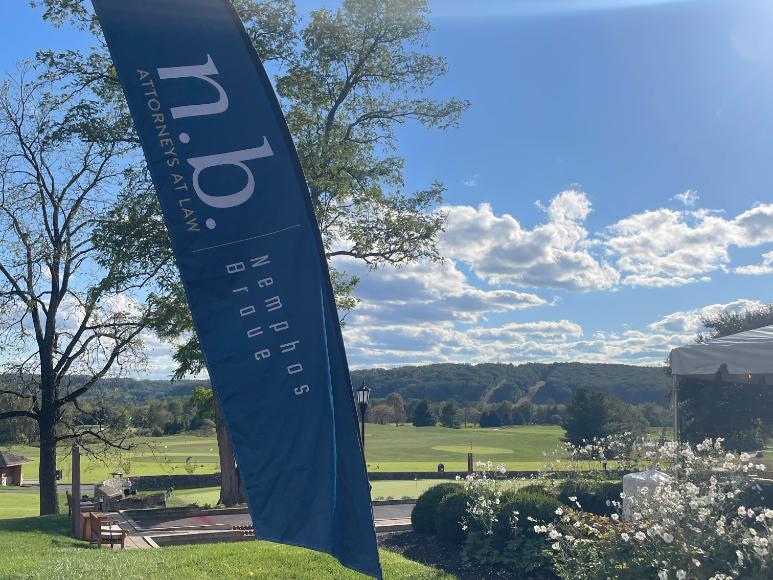Dr. Clifford Mitchell, Director, Environmental Health Bureau
Maryland Department of Health
- The number of new positive cases is 465 for a total of 70,861 cases total.
- We have had 9 new deaths with a total of 3149 deaths in the state of Maryland.
- We have 398 total patients hospitalized, 262 are in acute care and 136 are in intensive care units.
- Our statewide positivity rate is 5.23%.
- New testing sites in Ocean City and Deep Creek Lake.
Q&A
Delegate Michael Jackson: In Prince Georges County we’re using some of our public safety investigators to aid in contact tracing, Is that something you’re seeing across the state?
Clifford Mitchell: There are a variety of answers for that depending on what jurisdiction you’re talking about. In some of the larger jurisdictions, the local health departments have taken on the primary responsibility. In some jurisdictions the National Opinion Research Corporation is making the primary contacts via telephone.
Senator Paul Pinsky: It’s my understanding that with contact tracing you can look at new cases that are linked or not linked to isolate where the new cases are coming from or where the spread is coming from, are you keeping those statistics? Do you plan on putting them on the dashboard? Have you been directing people to hotels and offering food and isolation options?
Clifford Mitchell: The contact tracing platform does allow for sophisticated metrics. We are working with our team to put together a public facing dashboard on contact tracing. It is possible to look at which contacts people have. First preference is to get people to self-isolate at home. Local health departments are using alternative venues to house people.
Delegate Eric Luedtke: Do we have a sense of where these new cases are coming from?
Clifford Mitchell: They tend to be primarily from the national capital region and Baltimore region. They are shifting more towards younger people.
Senator Jim Rosapepe: Up until 2 weeks ago insurance companies wouldn’t paying for testing unless medically necessary. Have we resolved that issue?
Clifford Mitchell: I cannot for a fact tell you that there has been a determination by every insurance company that they will pay for tests on demand.
Delegate Joseline Pena-Melnyk: Can you provide us with a list of local jurisdictions that rely on your contractor for contact tracing? How many have been hired? How many are black, Latino, Asian or others? Do you have an outreach plan for the black and brown community?
Clifford Mitchell: All of the local health departments are engaged in some way and contact tracing. We will provide the information. For Prince Georges County, Montgomery County, Baltimore City, Baltimore County, and Anne Arundel County, those five jurisdictions submitted proposals to the Office of Minority Health and were each awarded $200,000 to look at the issue of engagement with minority communities in those jurisdictions.
Senator Delores Kelley: My concern is for public schools, children at home caring for younger siblings because of lack of daycare options, and the lack of broadband. Should there be more public input to find out about the health needs of the children before we come up with a plan for the upcoming school year?
Clifford Mitchell: We are very engaged with the Department of Education regarding planning for reopening of schools in the fall in whatever form it takes. We want to provide the best safety input that we can. I would defer to the Department of Education as to the decision making.
Senator Clarence Lam: Regarding the positivity rate. With testing on demand being available, it will increase the denominator for the positivity rate.
Clifford Mitchell: I couldn’t agree with you more, that is one reason we don’t just look at the positivity rate. We do look at the positivity rate between jurisdictions.
Dr. Justin Lessler, Associate Professor
Johns Hopkins Bloomberg School of Public Health
Planning Scenarios Not Forecasts
- Focus on scenarios relevant to planning decisions
- Use rough approximations given best knowledge of disease dynamics, current situation and severity,
- Use a pipelined approach to ease integration of new knowledge and comparison of models.
Q&A
Senate President Bill Ferguson: What are the factors we should be looking at as we think about what next session could or should look like?
Justin Lessler: As we get more updates we are able to track how far along we are. The general message is that if you avoid surges of cases that will overwhelm the health care system and keep things at the level that you want, you’re still going to be dealing with this in January.
Senator Jim Rosapepe: What is the assumption you make about the definition of immunity?
Justin Lessler: Here we are assuming immunity is what we would call sterilizing or protective over the time period of these models. Most of the debate is around longer time periods.
Senator Clarence Lam: One of the slides showed a significant jump can you speak to why that would occur?
Justin Lessler: That jump corresponds to the timing of counties moving to different phases of their response.
Joseph DeMattos, President
Health Facilities Association of Maryland
- Currently, our estimate is that we think there are about 60 nursing homes with Covid-19 outbreaks in Maryland.
- A few centers are still experiencing hot spots.
- Nursing homes are still not getting a 100% of their allotment of PPE.
- Many insurance carriers are not covering the cost of Covid-19 testing.
Q&A
Delegate Eric Luedtke: One of the conversations with the facilities was a conversation with the administration about increasing the Medicaid reimbursement rate to help cover some of the cost of Covid. Can you update us on how those conversations are going?
Joseph DeMattos: The Medicaid supplemental funding is structured in such a way that the state can use those funds to backup revenue shortages. They cannot use the CARES Act funding in that way. About half the states have used either enhanced Medicaid funding or the CARES Act funding to increase rates for Covid-19. Maryland has done nothing to enhance the rate.
Senator Delores Kelley: What can you tell us about the situation with assisted living?
Joseph DeMattos: I worry about small assisted living facilities. They are not structured the same way. Potentially there is less come and go and lower staffing. They are not allocated in the same way with PPE, I think PPE is a much bigger challenge for them.
Delegate Joseline Pena-Melnyk: There’s no reporting for facilities that have 10 or less residents, do you know why that is the case?
Joseph DeMattos: I do not know why that is the case. I think it’s important that we capture that data for smaller centers.
Senator Jim Rosapepe: Are nursing homes getting PPE from the state or are they finding them themselves or are you doing bulk buying for them?
Joseph DeMattos: HFAM are doing bulk buying for them where we can. The two largest national providers have been coordinating their efforts with the federal government. The state is distributing allotments that was bought months ago and distributed via FEMA.
Senate President Bill Ferguson: Have you heard anything about adult daycare facilities Providing services and daily check ins?
Joseph DeMattos: One of our unified asks of the Governor on March 10th was that they maintain the rates for adult daycare. They play such a critical role in diversion from a more formalized setting.
If you have any questions or concerns explore our COVID-19 resource page, or reach out to us directly at 410-321-8200.




